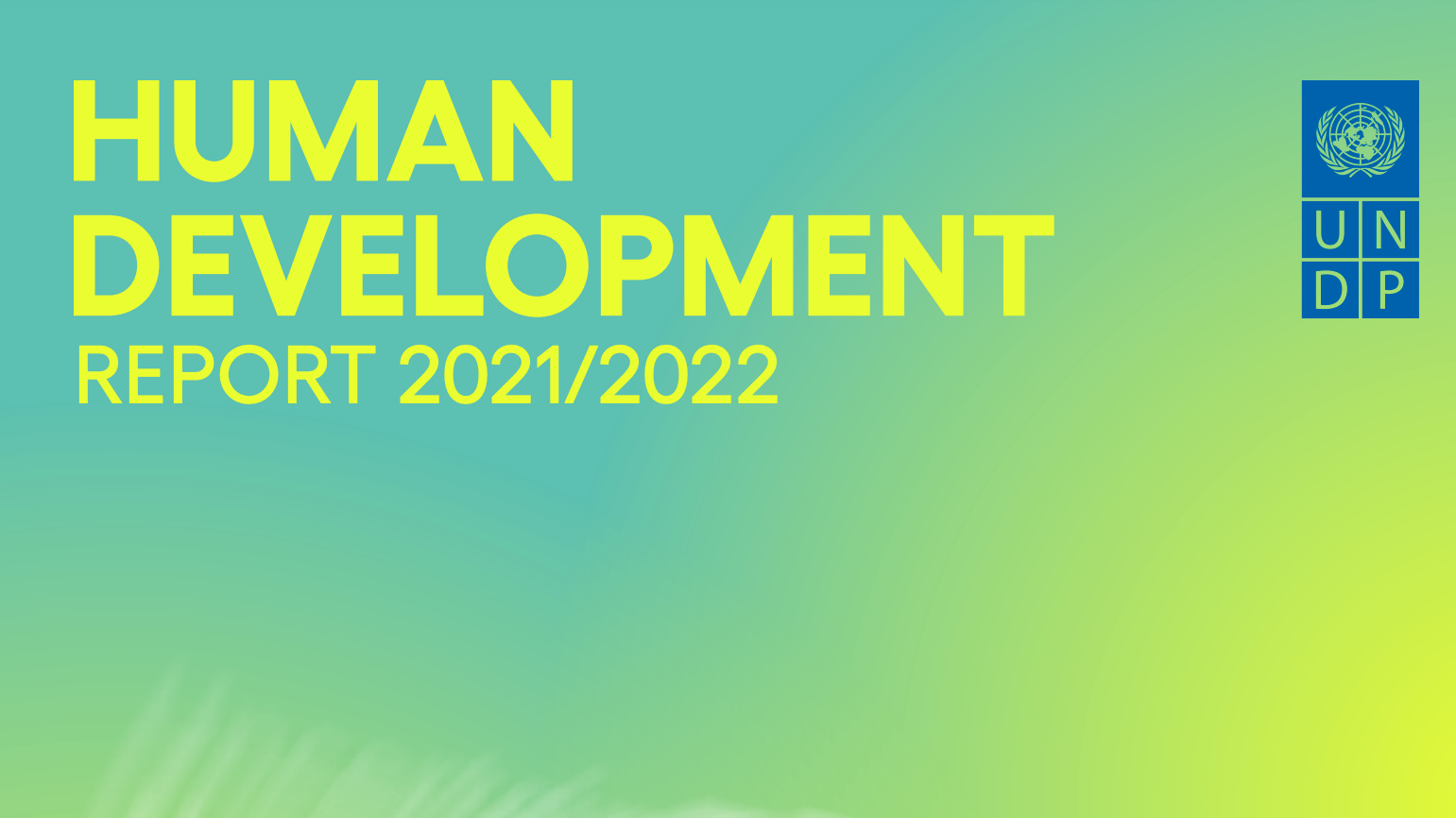COLUMN: The United Nations Development Program (UNDP) recent edition of Human Development Report (HDI), which includes the UN’s standard of living index, shows clear pandemic effects on human development around the world – and a drop in the index for Norway.
Debate article
-
Morten Tonessen
Professor of Philosophy and Head of Department, Department of Social Sciences, UiS
In 2001, Norway topped the UN’s standard of living index for the first time in this annual report, and has since lost first place – to Iceland – for only two years, know in the 2007 and 2008 editions of the report. Today, however, Switzerland took first place and Norway fell back to second place. In the past, Japan and Canada have also led the standard of living index.
The latest edition of United Nations Living Conditions Index deals with data from 2021, which can now be compared to the state in 2019, which was covered in the 2020 report. This gives us the opportunity to compare the effect of the pandemic on living conditions around the world.
Overall, living conditions around the world
now back to 2016 level.
Three years of development from before
the pandemic was lost.
health and education
The most surprising thing about how every country in the world is performing on the UN’s Living Standards Index this time is that a majority of the world’s countries have seen a decline in human development since 2019. The usual thing is that most countries are making progress against the targets that form the basis of the index. Overall, living conditions for the world’s population have now returned to 2016 levels. This means that three years of pre-pandemic development have now been lost.
If we look at the figures for the entire world population, life expectancy is now 71.4 years, compared to 72.8 years in 2019, before the pandemic, a decrease of 1.4 years. This explains the decline in human development, as the index is structured.
As far as schooling is concerned, things look a little brighter: the number of expected years of schooling for children has increased from 12.7 to 12.8 years, and the number of years of schooling completed for adults increased from 8.5 to 8.6 years. So there was more schooling, not less. But these figures apply to 2019 and 2021, and therefore do not take into account the loss of schooling resulting from school closures around the world in 2020.
The average national income per person in the world increased slightly from 16,734 to 16,752 US dollars (measured in constant prices) – an increase of one per thousand. Again, it should be noted that the figures do not cover 2020 and therefore do not reflect the economic decline that much of the world’s population experienced in that year.
poor and rich
The decline in life expectancy concerns both rich and less prosperous countries. In OECD countries, life expectancy rose from 80.4 to 79.0 years, in sub-Saharan Africa from 61.5 to 60.1 years. In the country that now sits at the very bottom of the UN’s living standards index, South Sudan, life expectancy has fallen by nearly 3 years, to 55.0. Fortunately, the number of expected school years has increased from 5.3 to 5.5 years and the number of completed school years from 4.8 to 5.7 years. Estimated national income per person has dropped drastically from $2,003 per person in 2019 to just $768 in 2021.
This contrasts sharply with Norway, where life expectancy is 83.2 years, expected years of schooling 18.2, years of schooling completed 13.0, and national income per capita of $64,660. It therefore did not qualify this year for first place in the UN’s standard of living index – because Switzerland has a slightly higher life expectancy, slightly more years of schooling and a slightly higher income.
Unlike most countries and the world as a whole, Norway has Index of human development (HDI) has increased since 2019, reaching a new record value for Norway (0.961 on a scale of 0 to 1). Life expectancy has increased, as has expected and completed schooling. However, national income per capita has decreased by 2.8% compared to 2019. In summary, Norway has made progress on goals that do not focus on income – i.e. health and education. education – and a drop in income. The same goes for Switzerland, but it progresses a little more than Norway in terms of the number of school years.
| Country | HDI 2021 | Following age of living | Continuation of the school year | 2021 revenues (dollars) |
|---|---|---|---|---|
| 1. Switzerland | 0.962 | 84.0 | 16.5 | 66,933 |
| 2. Norway | 0.961 | 83.2 | 18.2 | 64,660 |
| 3. Iceland | 0.959 | 82.7 | 19.2 | 55,782 |
| 4. Hong Kong | 0.952 | 85.5 | 17.3 | 62,607 |
| 5. Australia | 0.951 | 84.5 | 21.1 | 49,238 |
| 6. Denmark | 0.948 | 81.4 | 18.7 | 60,365 |
| 7. Sweden | 0.947 | 83.0 | 19.4 | 54,489 |
| 8. Ireland | 0.945 | 82.0 | 18.9 | 76 169 |
| 9. Germany | 0.942 | 80.6 | 17.0 | 53,534 |
| 10. The Netherlands | 0.941 | 81.7 | 18.7 | 55,979 |
| 11. Finland | 0.940 | 82.0 | 19.1 | 49,452 |
| 18. Storbr. | 0.929 | 80.7 | 17.3 | 45,225 |
| 19. Japan | 0.925 | 84.8 | 15.2 | 42,274 |
| 21. United States | 0.921 | 77.2 | 16.3 | 64,765 |
| 52. Russia | 0.822 | 69.4 | 15.8 | 27,166 |
| 77.Ukraine | 0.773 | 71.6 | 15.0 | 13,256 |
| 79. China | 0.768 | 78.2 | 14.2 | 17,504 |
| 87. Brazil | 0.754 | 72.8 | 15.6 | 14,370 |
| 132. India | 0.633 | 67.2 | 11.9 | 6,590 |
| 189. Nigeria | 0.400 | 61.7 | 7.0 | 1,240 |
| 190. Chad | 0.394 | 52.5 | 8.0 | 1,364 |
| 191. South Sudan | 0.385 | 55.0 | 5.5 | 769 |
Good for equality, bad for the environment
In addition to the UN Living Conditions Index, the UN Development Program also prepares an inequality-adjusted index. In this, Switzerland has to settle for fourth place, behind Iceland in first place, Norway in second place and Denmark in third place. Here, Nordic dominance is at the peak – Sweden and Finland are also among the ten most developed countries in the world by this measure.
For the second time, the UN also offered an environmental version of the standard of living index, which is called Human Development Index adjusted to planetary pressures (PHDI). Here, in 2019, Norway only came in 16th place, because our high level of well-being is based on high material consumption and high greenhouse gas emissions (despite the fact that emissions exported oil and gas are not included in the calculation).
In the latest edition, it looks even worse – we’re now dropping down the list to 36th place. When our environmental footprint is taken into account, then, we cannot claim to be at the top of the world in human development. Our material footprint now stands at 38.8 tonnes per capita, compared to an average per world citizen of 12.4 tonnes – and 3.2 tonnes in Africa south of the Sahara.

“Tv guru. Analyst. Lifelong alcohol junkie. Friendly bacon specialist. Twitter nerd.”








